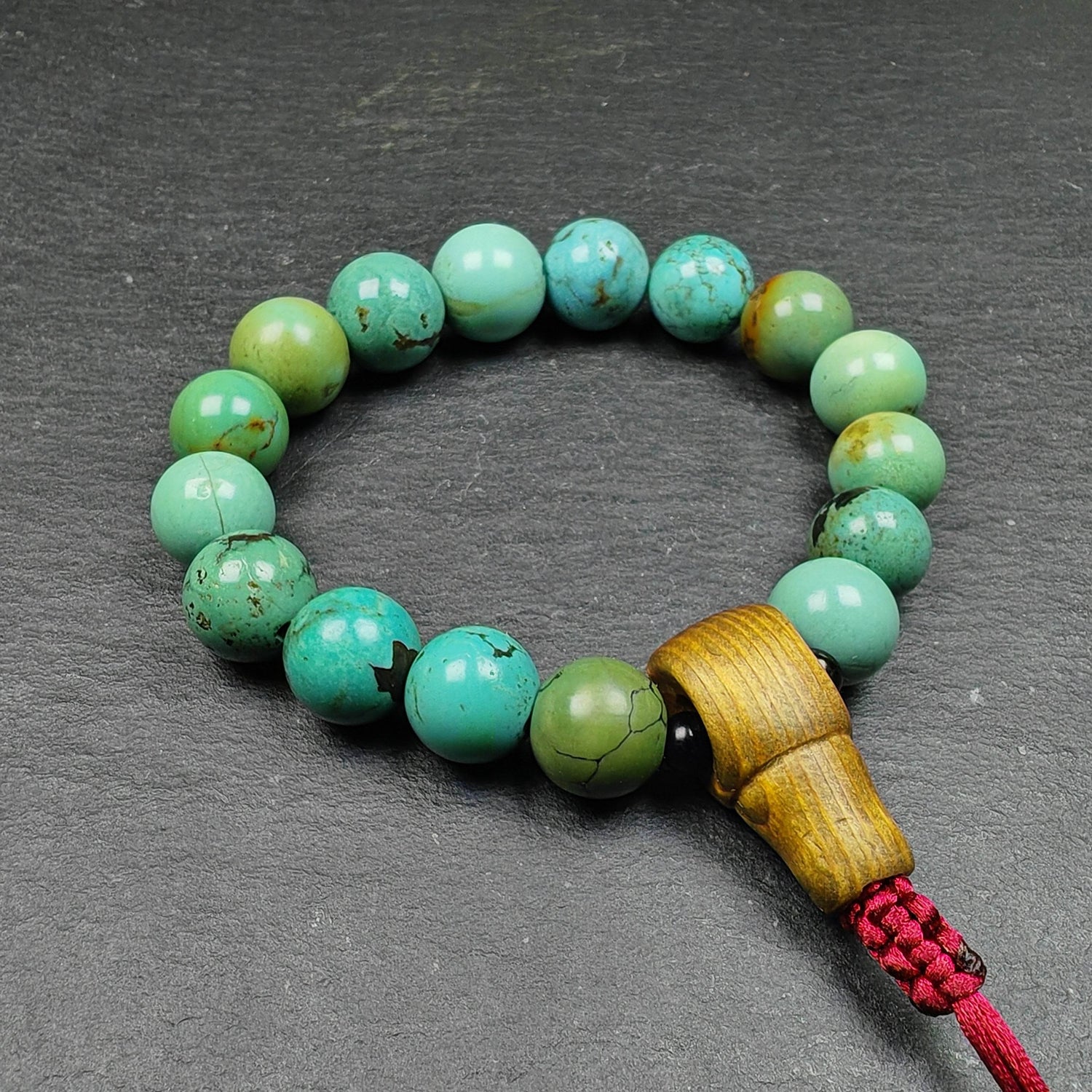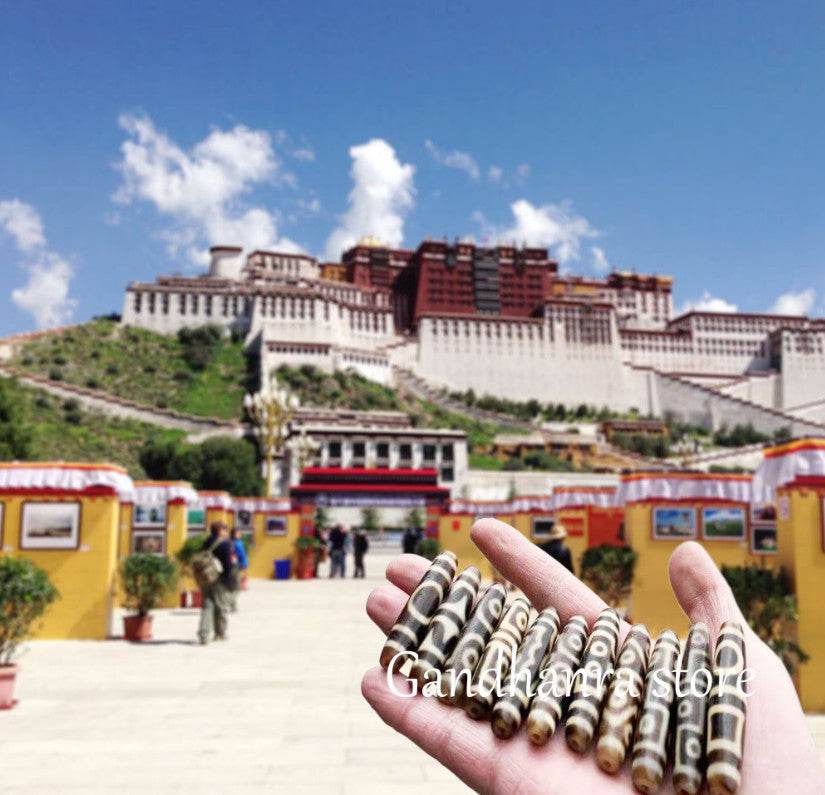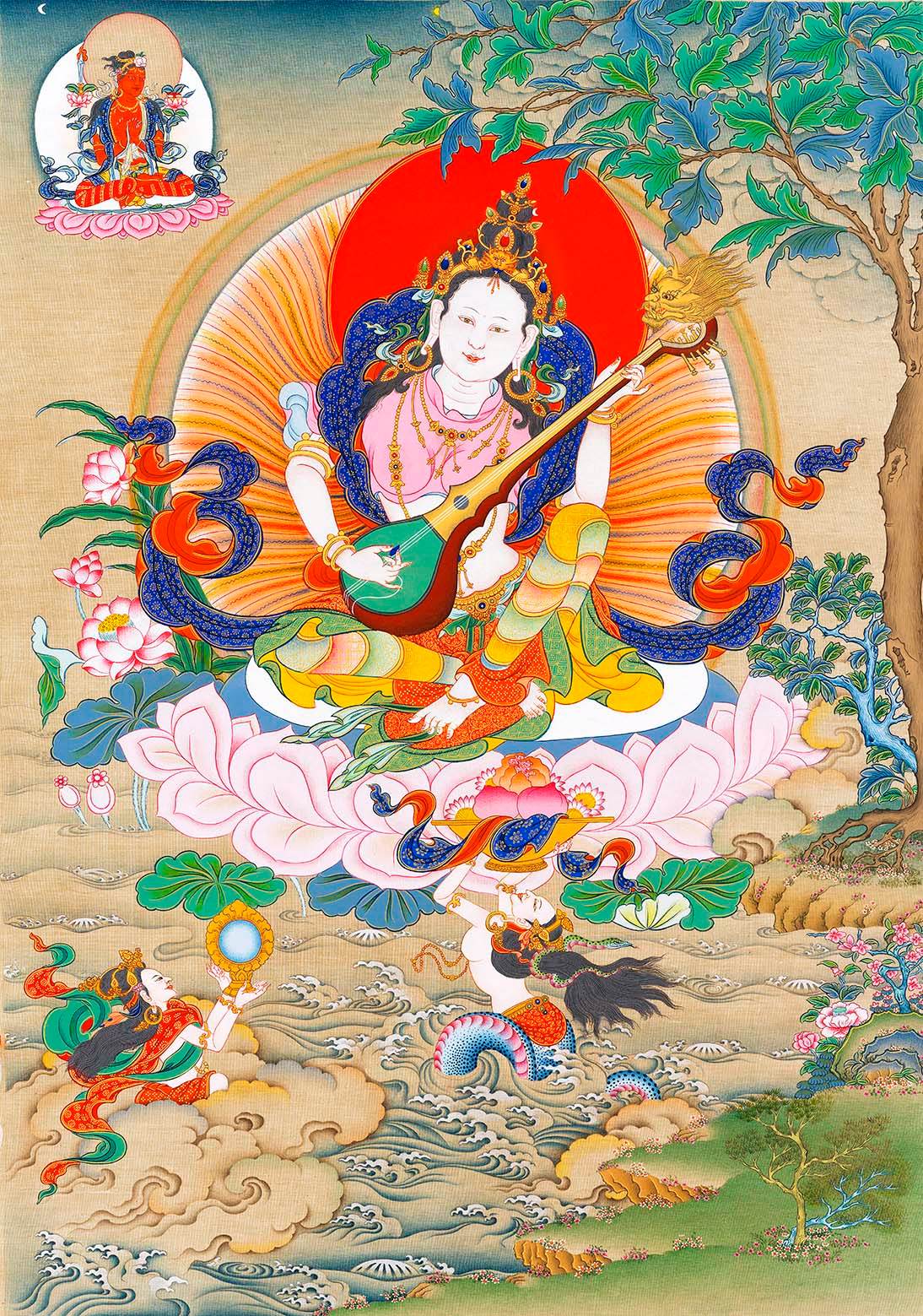
Yamdrok Lake ▎ Millennial Legends by the Lakeside

"Geographical Panorama of Yamdrok Lake"
Illustration from the book by Jacques Reclus (Jacques Reclus; 1830–1905), 1885

"View of Yamdrok Lake from the Kamba La Pass"
Photographed by Gombojab Tsybikov and Ovshe Norzunov between 1900 and 1901
གནས་ཆེན་ཡར་འབྲོག་གཡུ་མཚོ།
གུ་རུ་པད་མའི་གསང་མཛོད།
རྒྱལ་འབངས་སྐྱིད་པའི་ཞིང་ཁམས།
མཚོ་ཆེན་ལྷ་མོ་མཇལ་ཆོག།
O sacred land of Yamdrok Lake,
The secret treasury of Padmasambhava,
A pure land where kings and subjects rejoice together,
Where the great lake goddess may be worshipped.
— Excerpt from a traditional folk song of the Yamdrok region
Attributed to the accomplished master, Jangchub Tsöndrü (བྱང་ཆུབ་བརྩོན་འགྲུས་; 1817–1856)
*He is said to have meditated in retreat by Yamdrok Lake for many years.

"Pilgrimage of the Shalu Lotsawa"
Mid-18th Century, Private Collection
Detail: The Dharma Encampment at Yamdrok Lake
*The tent bears the inscription "ཡར་འབྲོག" (Yar-drok).

"Distant View of Yamdrok Lake"
Photographed by Charles Bell between 1920 and 1921,
Collection of the Pitt Rivers Museum.

"Annals of the Tibetan Empire / OTA: Year 702"
Original document, I.O.750, from the reign of Düsong Mangpojé
"In the summer of the Tiger Year, the Tsanpo resided at Bongchi Muteng,
while the Queen Mother, Tri Malö, stayed at the Jok of Yamdrok."
After a long journey, crossing mountains and valleys,
The sacred lake, shaped like a bracelet, suddenly appears.
Fish swim in its shallow waters, cattle and sheep graze its shores,
The turquoise-hued lake eternally shelters the herders.
Yamdrok Lake (ཡར་འབྲོག་གཡུ་མཚོ་), one of the "Four Great Lakes" (མཚོ་བཞི་),
(In both versions of the four sacred lakes, this lake is included)
Together with the "Supreme Sacred Mountain of Tibet," Yarlha Shampo (ཡར་ལྷ་ཤམ་པོ་),
(Ancient Tibetan texts refer to it as "གཙུག་གི་ལྷ་")
Forms the most significant "Sacred Mountain and Lake" in the heart of Yarlung.
Clad in green and white divine robes, holding jewels and a vajra,
The goddess of the lake is known as Vajra Veil Mother (རྡོ་རྗེ་བདག་སྒྲིབ་མོ་).
Some texts also call her "Great Lake Goddess" (མཚོ་ཆེན་ལྷ་མོ་).
In Tibetan history, the name "Yamdrok" holds profound significance.
Among the twelve kingdoms of the pre-Tibetan Empire period was the "Nine Regions of Nub" (གནུབས་ཡུལ་གླིང་དགུ་/གནུབས་ཀྱི་གླིང་དགུ་),
Whose territory likely encompassed the Yamdrok region.
Thus, Yamdrok is often referred to as "Yamdrok Nub Lake and the Nine Regions" (ཡར་འབྲོག་སྣུབས་མཚོ་གླིང་དགུ་/སྣུབས་མཚོ་).
It is important to note that this theory requires further research
(For example, distinguishing between གནུབས་ and སྣུབས་,
And clarifying the kingdoms, clans, and their origins they refer to).
In historical records from the Tibetan Empire period,
The Yamdrok region appears to have been one of the summer residences of the Tibetan royal family
(Later referred to as "Yamdrok Grasslands"; ན་ཐང་ཡར་འབྲོག་).
Since the Tibetan Empire, Yamdrok has been linked to the administrative divisions of the empire.
By the Yuan Dynasty-Sakya period, the "Yamdrok Dralung Ten Thousand Households"
Was one of the thirteen myriarchies (ཁྲི་སྐོར་བཅུ་གསུམ་) of Ü-Tsang.
The myriarchy was stationed in Nakartse, and its leader was called the "Nakartse Pa"
(སྣ་དཀར་རྩེ་པ་/སྡེ་པ་སྣ་དཀར་རྩེ་).
 "The Supreme Mountain God Yalaxiangbo"
"The Supreme Mountain God Yalaxiangbo"
Taken at Yasan Temple, by the author in 2024.

"Biographical Scenes of Padmasambhava"
Mid to Late 18th Century, Private Collection
Detail: Traveling and Blessing the Sacred Mountains, Lakes, and Holy Sites

"The Sacred Cairn by Yamdrok Lake"
Photographed by Spencer Chapman in 1936,
Collection of the Pitt Rivers Museum.
There exists a specific ritual dedicated to Yamdrok Lake,
Known as the "Offering Ritual to the Turquoise Lake" (གཡུ་མཚོའི་མཆོད་ཐབས་).
There are three specific narratives associated with Yamdrok Lake:
-
"Yamdrok Lake and Padmasambhava"
It is said that Padmasambhava and the dakini Yeshe Tsogyal bestowed special blessings upon the Yamdrok region.
This aligns with the Buddhist concept of "Sacred Mountains and Lakes."
(There are over a dozen sacred sites around Yamdrok Lake related to this narrative.)
As a hidden land of treasures and a pure realm of water,
Yamdrok Lake is often referred to as the "Great Water Treasure of Yamdrok" (ཡར་འབྲོག་གི་ཆུ་གཏེར་ཆེན་པོ་). -
"The Pilgrimage Route of the Two Lakes"
The "Two Lakes" refer to Yamdrok Lake and Lake Puma Yumco (ཕུ་མ་གཡུ་མཚོ་).
Pilgrims travel from these two lakes to the sacred sites of the Lhoka region,
Or journey from the lakes to the central regions of Ü-Tsang, such as Lhasa and Shigatse.
The pilgrimage guidebooks for the "Two Lakes Pilgrimage" emphasize
That this route encompasses the sacred traces of many great masters and their enlightened activities.

"Sangding Monastery at the shore of Yamdrok Lake"
Taken by Charles Bell between 1920 and 1921, housed in the Pitt Rivers Museum.

"The Eleventh Dorje Phagmo of Samding Monastery"
(ཐུབ་བསྟན་ཆོས་དབྱིངས་དཔལ་མོ་; Thubten Chöying Palmo)
Photographed by Rabden Lepcha in 1920,
Collection of the Pitt Rivers Museum.

"Bodong Pachen Choegyal"
(བོ་དོང་པཎ་ཆེན་ཕྱོགས་ལས་རྣམ་རྒྱལ་;1376-1451)
At the end of the fifteenth century, private collections
-
"Coexistence of Various Traditions Around the Lake"
Yamdrok Lake serves as a shared meditation ground for multiple traditions.
Most of Tibet's major religious schools have monasteries around the lake.
Of particular note are Samding Monastery and Dralung Taring Monastery
(བསམ་སྡིངས་དགོན་དང་སྟག་ལུང་ཐར་གླིང་ཆོས་སྡེ་).
Samding Monastery belongs to the Bodong tradition (བོ་དོང་།; originating in the 11th century),
Though some scholars mistakenly associate it with the Shangpa Kagyu tradition.
This confusion arises because the first Dorje Phagmo (1422–1456)
Studied under both Bodong Panchen and Thangtong Gyalpo.
Dralung Taring Monastery, on the other hand, has no connection to the Drukpa Kagyu tradition.
It was established by the Sakya scholar Taktsang Lotsawa
(སྟག་ཚང་ལོ་ཙཱ་བ་; 1405–1477).
Throughout the entire Pan-Himalayan region,
The "Yang Lake Culture Circle" always exudes a unique charm.
From songs and dances, to weddings and funerals, to legends and crafts,
Everything is different and special in this area.
Born by the lake, worshipped around the lake, mourning without sorrow, and cherishing ancient customs,
The beings here have their own unchanging essence.
Just like the saying in the Yang Lake region:
"Pure goddess lake, all beings live in peace."

"The Ruins of Pelde Dzong by Yamdrok Lake"
Photographed by Spencer Chapman in 1936,
Collection of the Pitt Rivers Museum.






